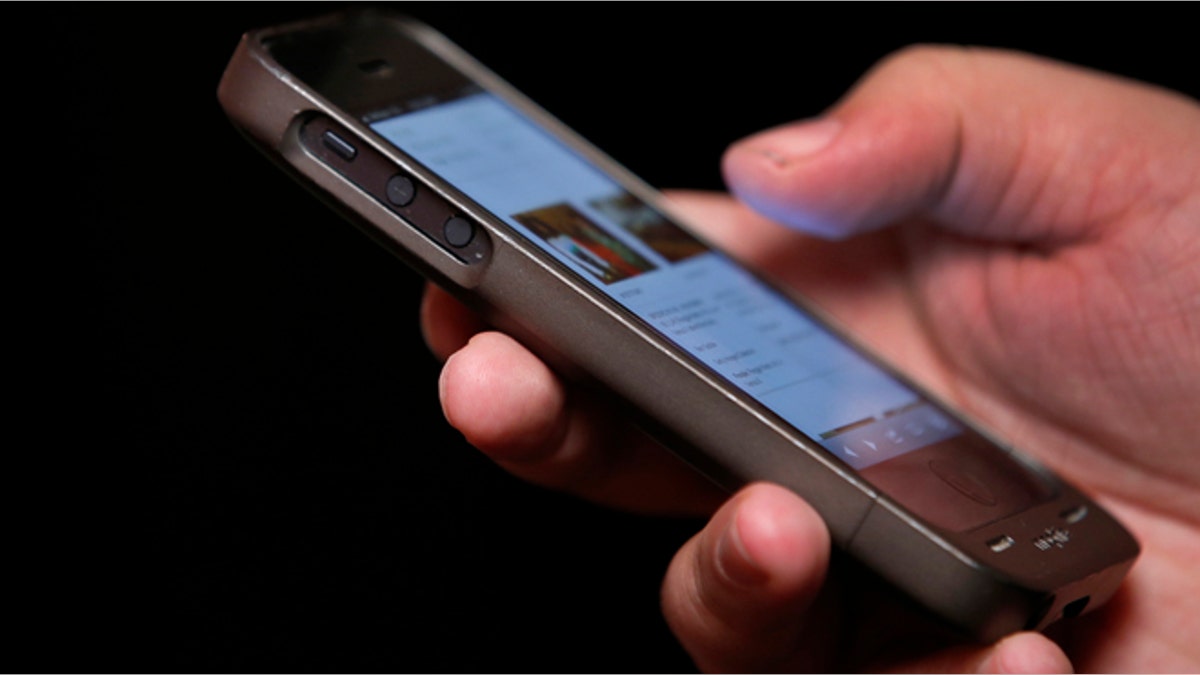
(Reuters)
When news reports revealed recently that airline passengers possibly were exposed to tuberculosis on a flight, we were suddenly and dramatically reminded that TB is still a problem in this country and around world.
Although there were just 9,945 cases of TB reported in the United States in 2012 the reason these numbers cannot be ignored is the increasing threat of multi-drug resistant TB (MDR-TB), a variation of TB that is considerably more contagious, severe and deadly.
What makes the threat even more problematic is that the cause of the spread of MDR-TB is found in the TB treatment regimen itself.
MDR-TB develops because many people afflicted with TB find it too difficult to comply with the multi-drug treatment process and thus stop using the drugs too soon, making their disease drug resistant and more severe.
[pullquote]
Indeed a recent World Health Organization report makes clear that the spread of MDR-TB strains poses a real threat worldwide, even in the United States, and that it is essential that we take more comprehensive measures to address it.
In San Diego for example, 22% of TB cases in 2012 were resistant to at least one of the four major TB drugs and in New York City, the number of multi-drug resistant TB (MDR-TB) cases in 2012 is double what it was in 2007.
But a breakthrough solution may be as close as our ever present smart phones. This solution offers hope both for patients suffering from TB and for public health departments burdened by the high costs of monitoring treatments.
Typically, health departments in cities across the United States spend millions of dollars to hire professionals to go to TB patients’ homes every day for six months to watch them take their pills and swallow each dose. This treatment protocol, called "Directly Observed Therapy" or DOT, while effective, also has significant problems.
The process stigmatizes patients and limits their mobility. It is costly and time intensive to administer. And when patients avoid dealing with this inconvenience and stop taking their antibiotics, they are at great risk for MDR-TB.
Once TB becomes resistant to multiple drugs the treatment of the disease can take years and cure rates decline.
In San Diego County, for instance, the TB Control Program spends more than $8.6MM a year on its roughly 300 TB cases, partially due to the high cost of administering DOT programs and the cost to treat drug resistant TB, which can be 50 to 200 times more expensive than standard treatments.
That's why public health administrators need to be aware of how new mobile technology solutions can be a major contributor to TB treatment and MDR-TB prevention.
The University of California, San Diego and U.C. San Diego’s Division of the California Institute for Telecommunications and Information Technology (Calit2) are providing an example of how the technology can provide cost effective answers. The solution is stunning in its simplicity and effectiveness.
Called "Video Directly Observed Therapy" or VDOT, the process allows TB patients to video record themselves taking their daily medications on Smartphones and then send the videos to health departments.
Health officials can then remotely monitor and document each dose of medication and store the records on a secure cloud server.
A National Institutes of Health evaluation found that with smart phone therapy, 70% more patients were able to successfully recover from TB compared to the traditional observation methods. VDOT currently active in San Diego was recently expanded into San Francisco, New York and London.
Understanding the impact of mobile technology on the treatment of TB also serves to underscore the critical necessity of investigating new ways to use mobile technology to improve the treatment for all types of chronic and infectious disease.
Mobile technology can not only improve medication adherence it can deliver disease education, send behavioral intervention reminders, increase access to specialty care via video and remotely monitor biometrics. Yet, the current use of mobile technology in health care systems is a fraction of its potential.
That is why it is so essential that this promising success of TB adherence through mobile technology be widely communicated.
By demonstrating how this technology can provide a 21st century solution to an age old disease that is among the deadliest of pandemics, we can catalyze greater interest within health care systems for exploring new and powerful ways that mobile technology can improve care, reduce costs and save lives.
